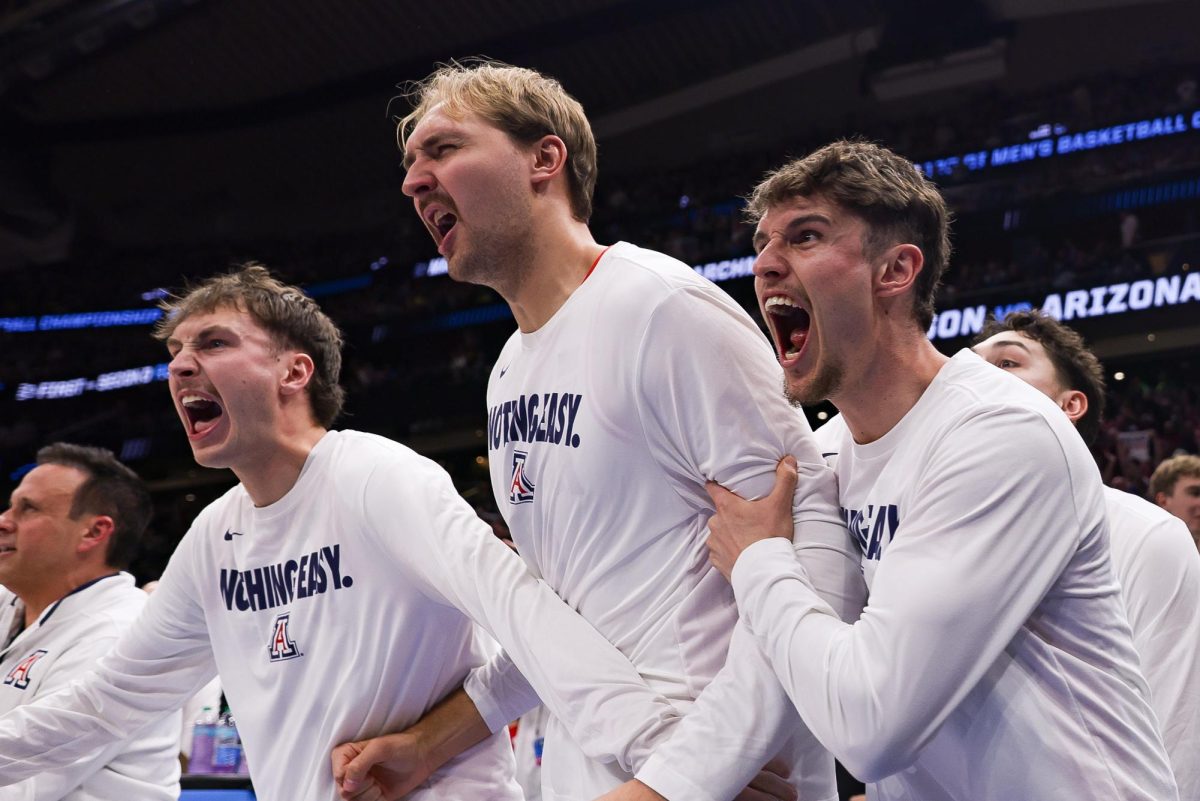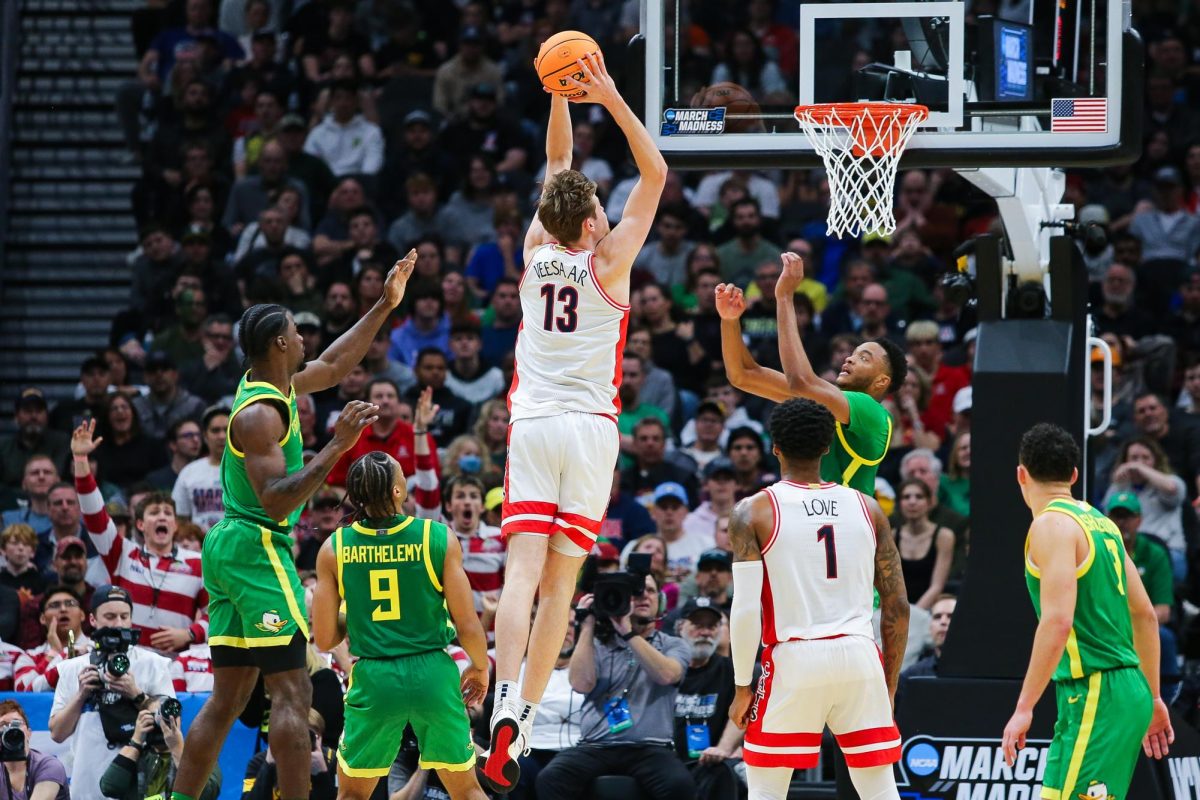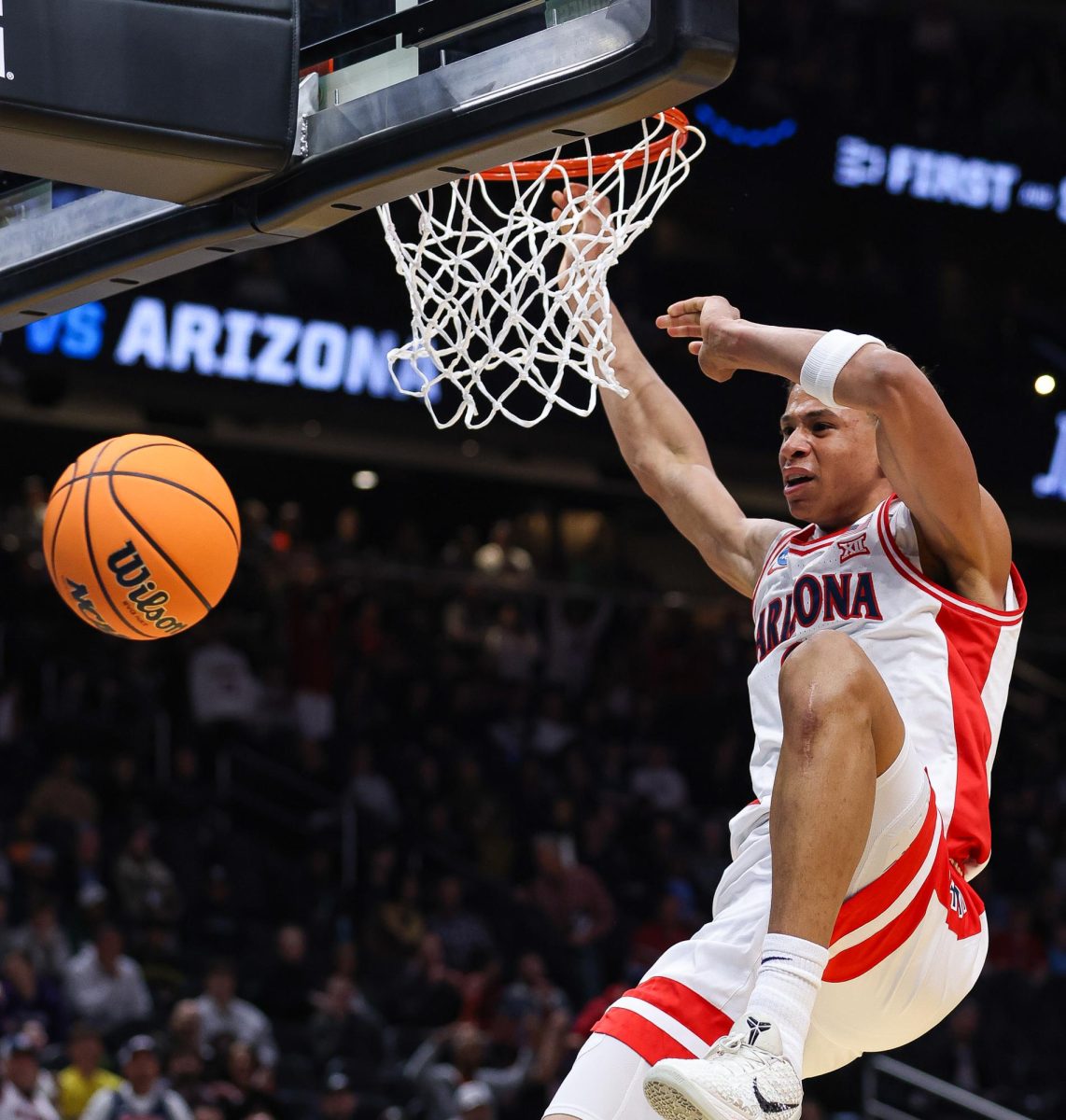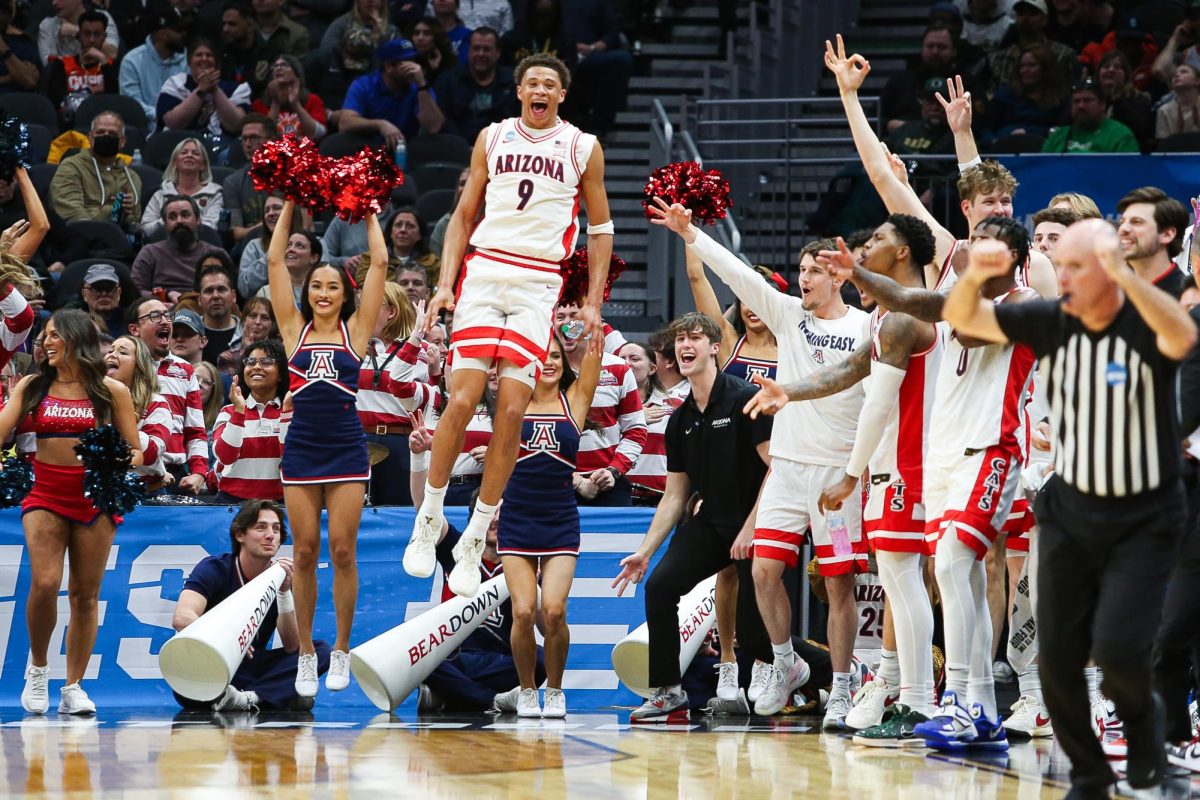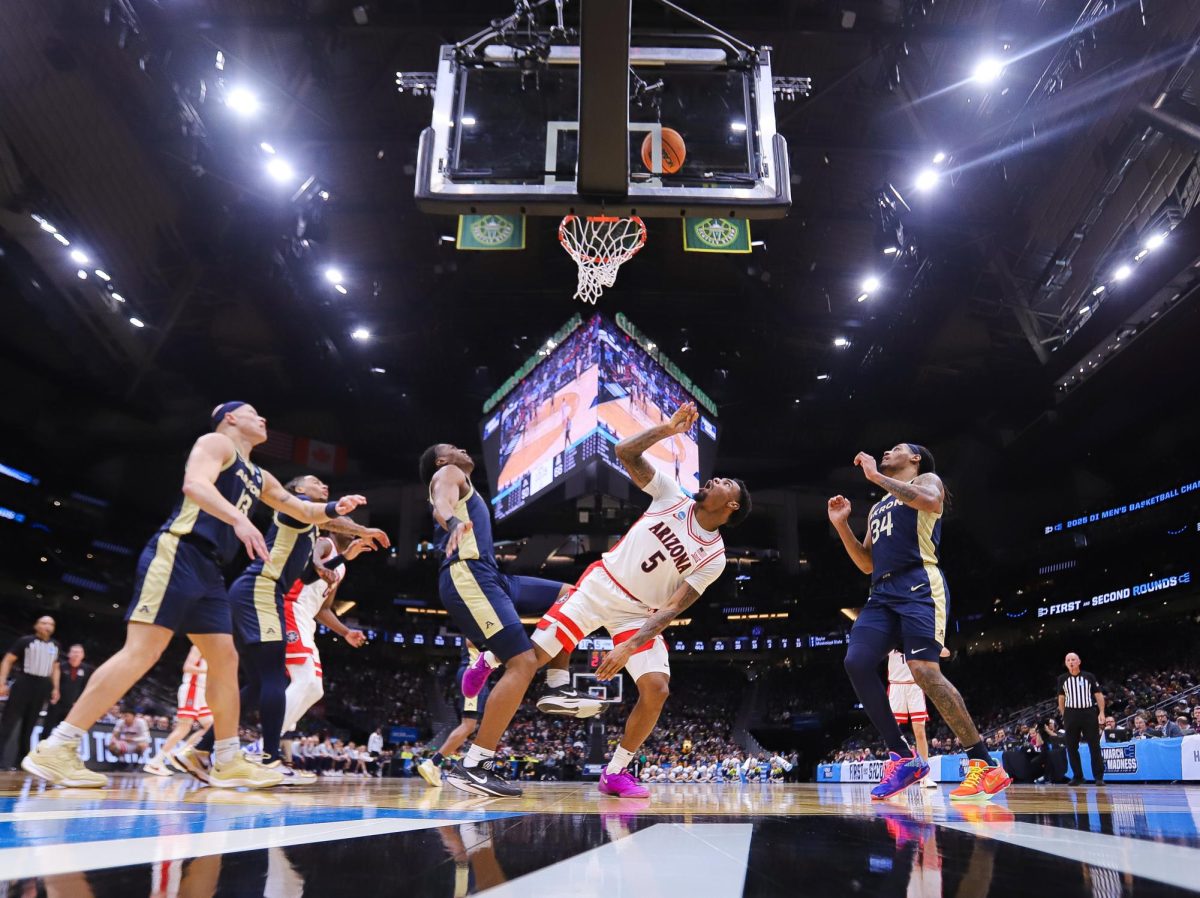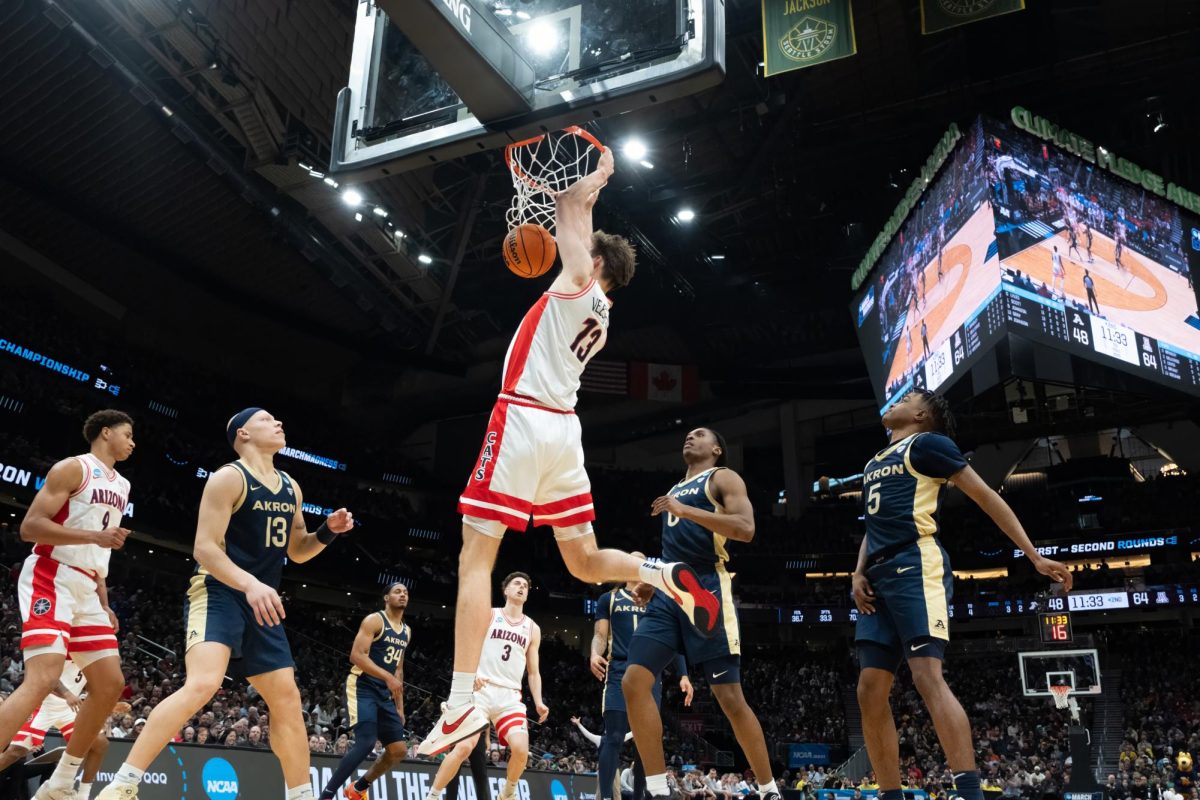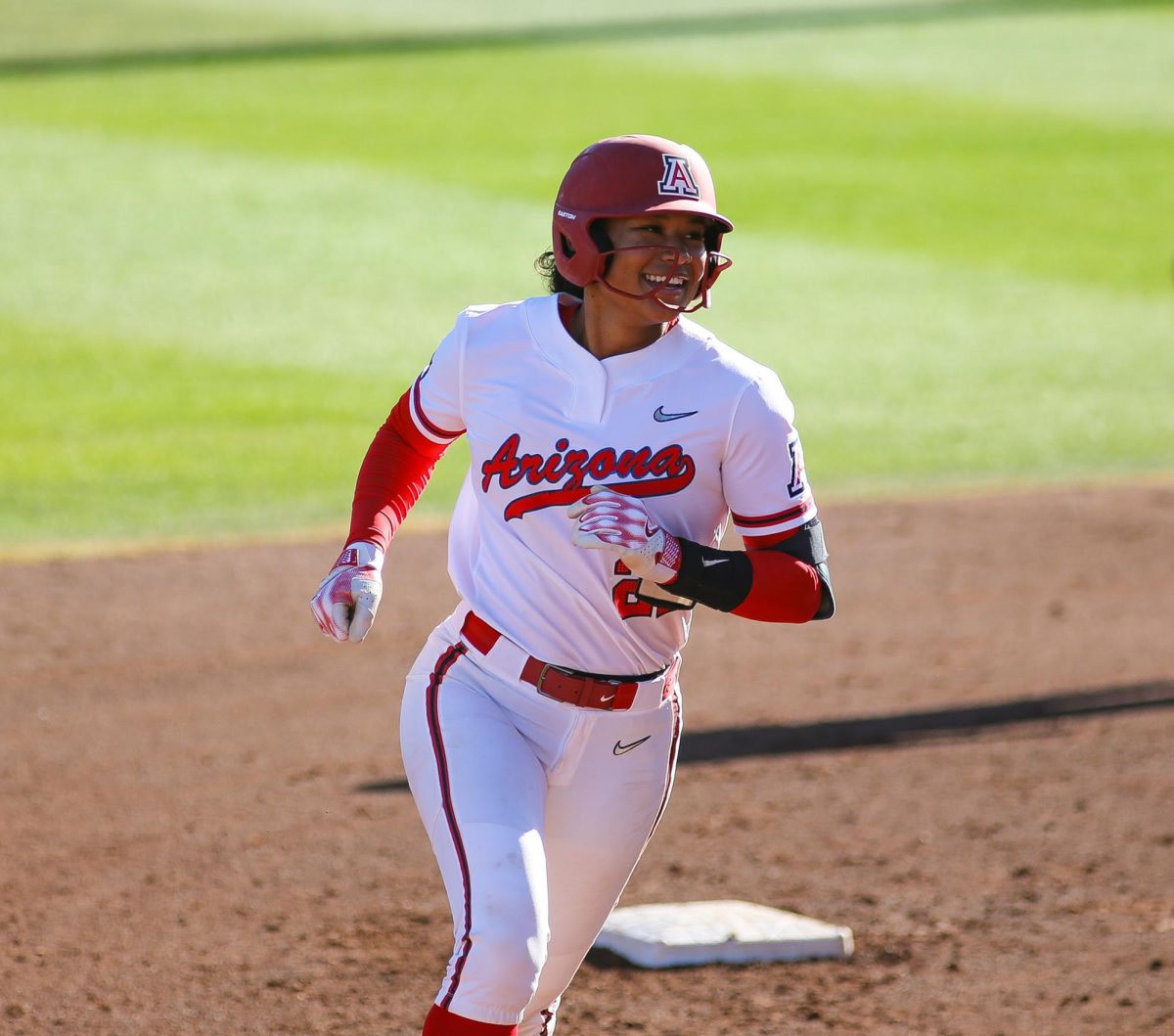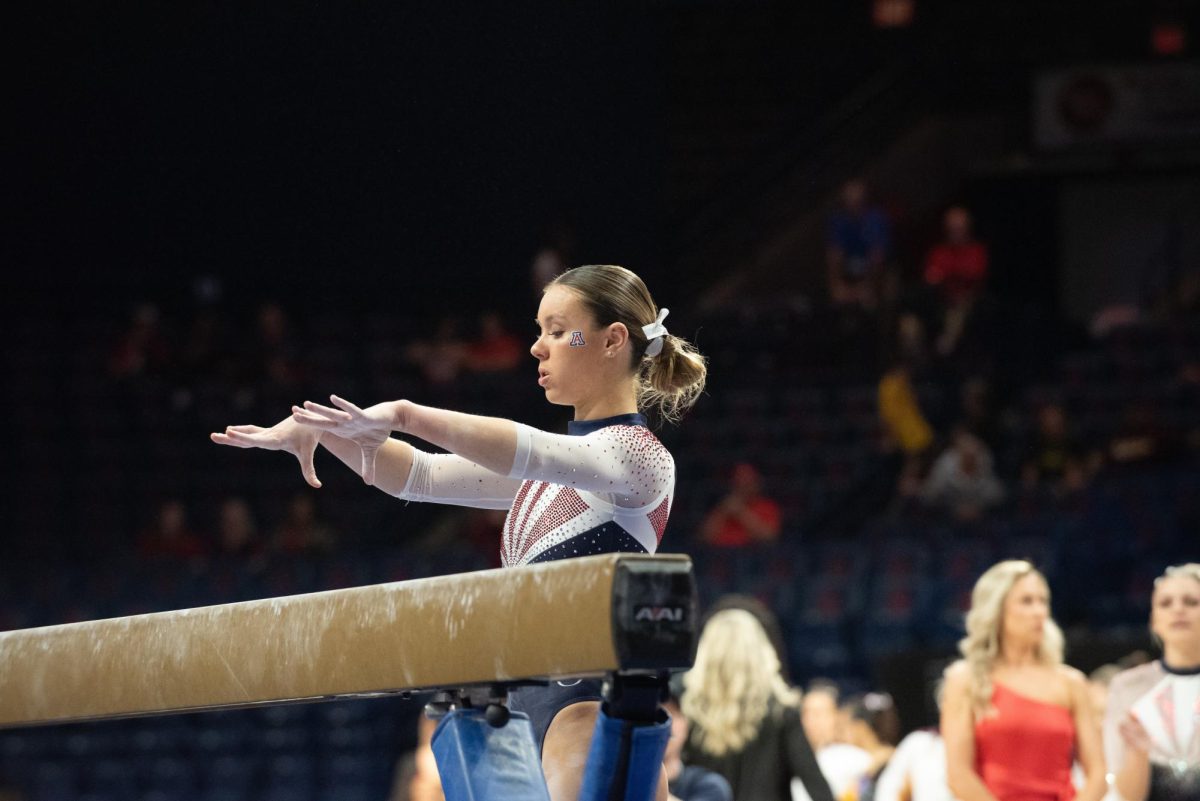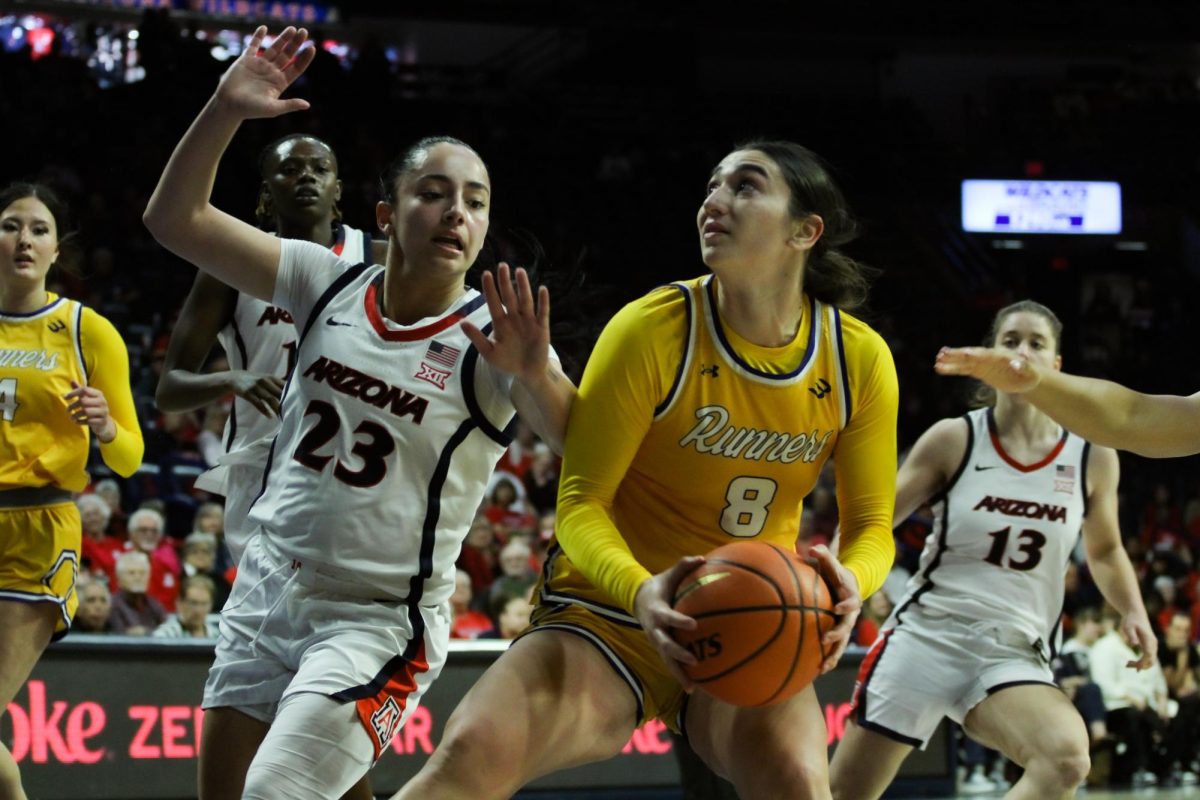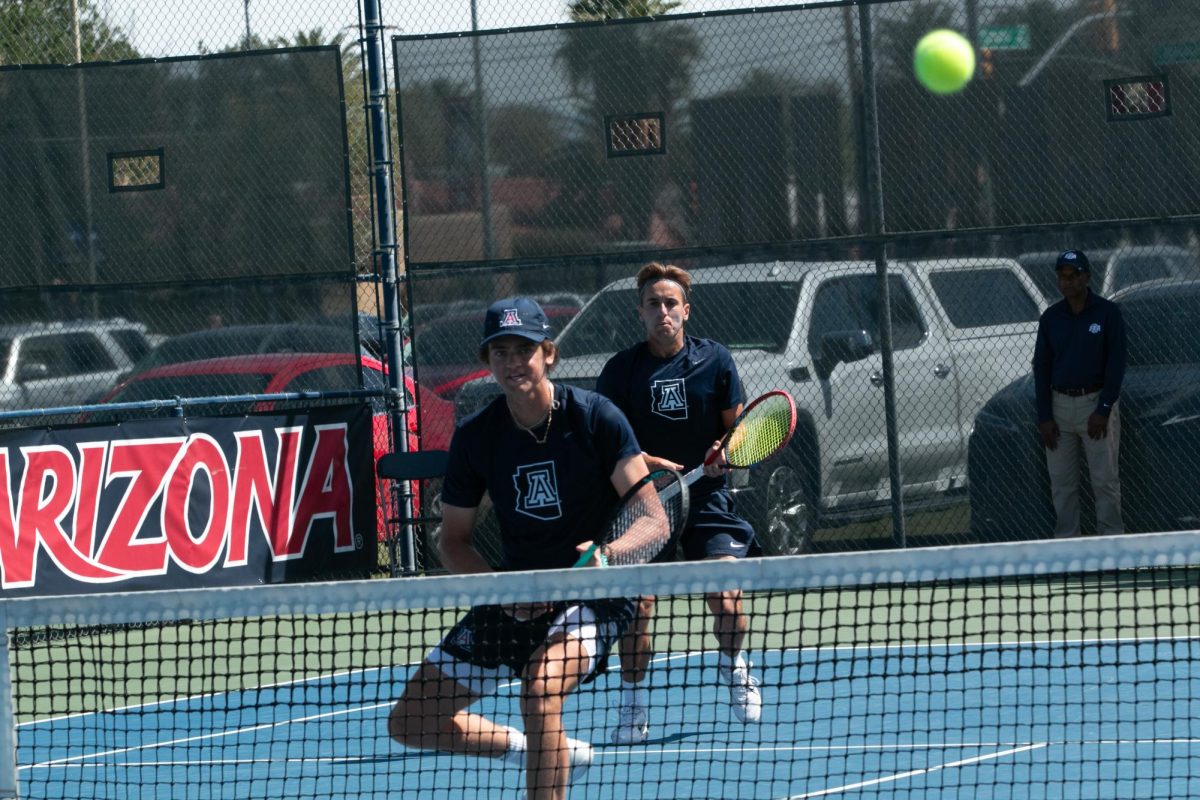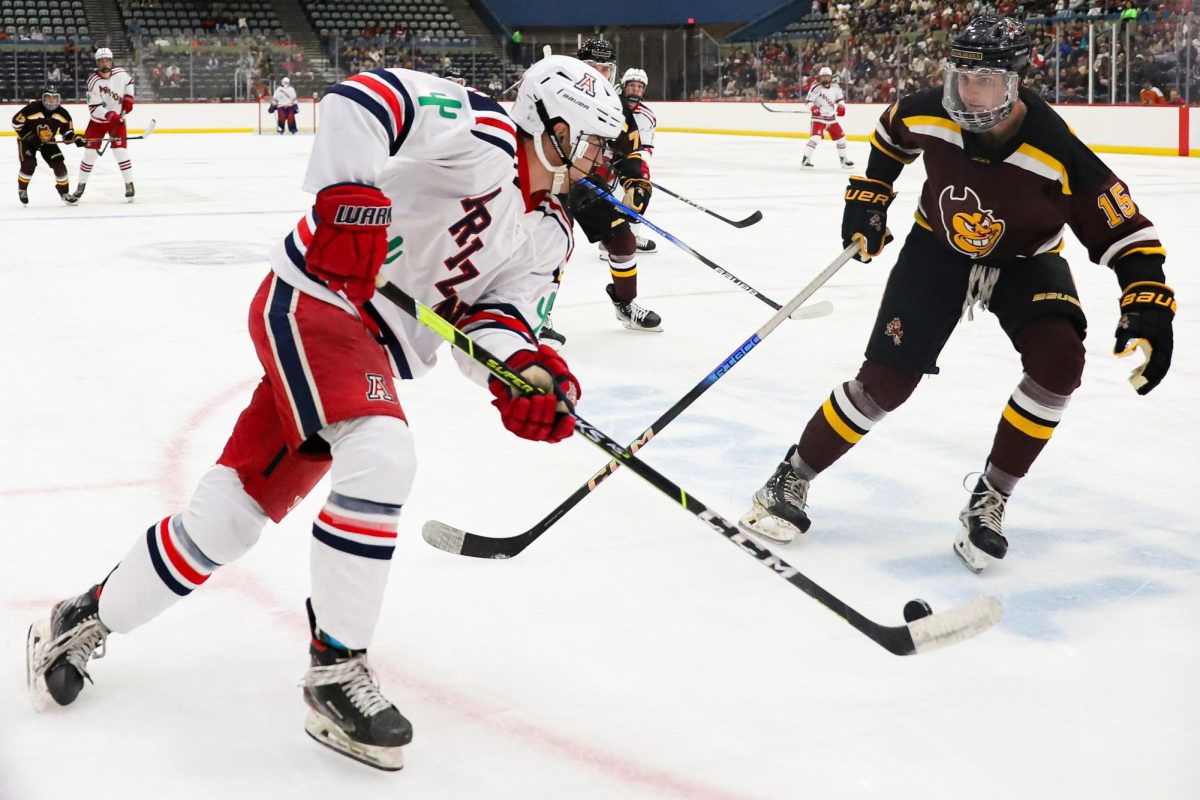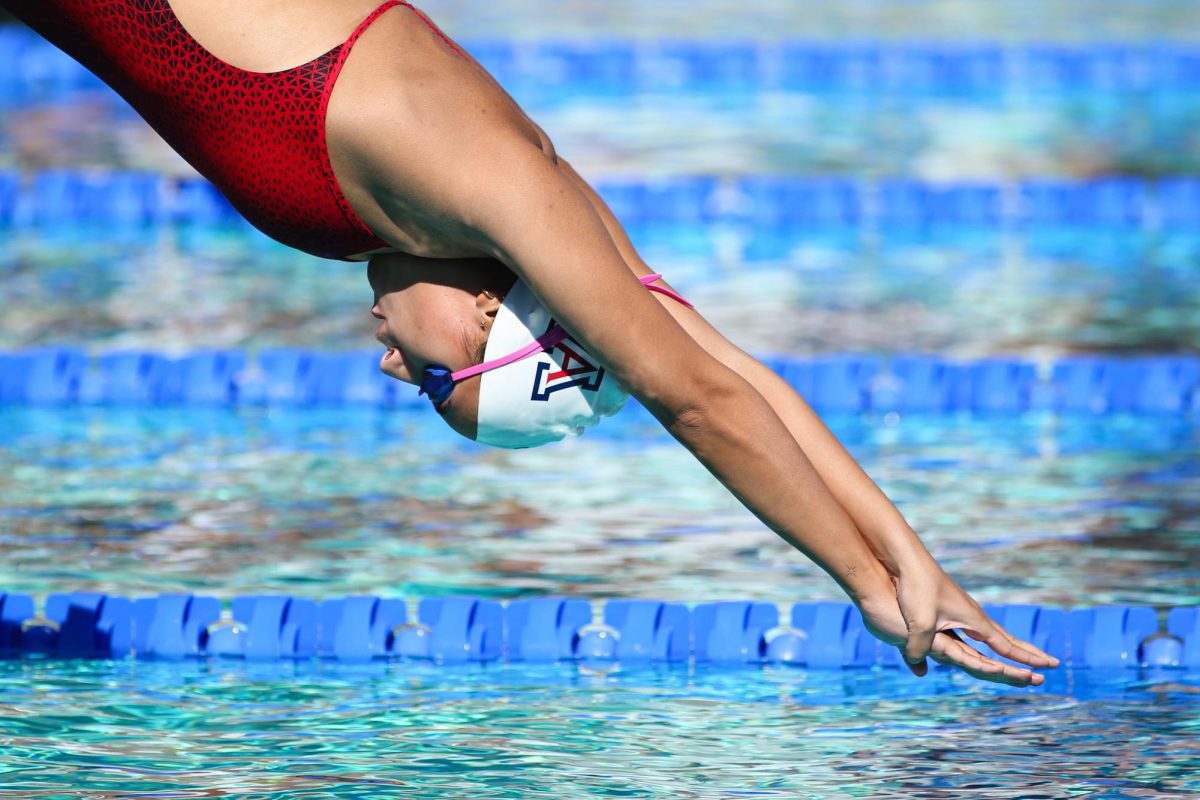His perpetual replenishment of homegrown resources will act like a green movement for college basketball programs.
The seeds Arizona basketball just planted came not from state money or ticket sales, but out of Sean Miller’s own pocket.
They’re $250,000 seeds — an investment sure to grow beyond its face value.
In an unprecedented joint partnership between a private donation and head basketball coach, Miller knew his recruiting factory needed his footprint to establish his program’s ways.
The 1-and-a-half-year-old Richard Jefferson Gymnasium, prematurely opened in 2008 with some basic head-scratching omissions, desperately needed its own strength training facility to break even against the Pacific 10 Conference’s other cathedrals.
And if that meant investing Miller’s own wad from the stacks upon stacks in the Foothills savings account, so be it.
Why would Miller let a relatively small shortfall in a $2.65 million donation keep him from perfecting his national marketing plan?
Not to take away from the school’s fourth-largest private donation in history, but Miller did simply what any good CEO would do: calculate a return of investment.
The $2.9 million project to build a basketball-only strength training facility in the Richard Jefferson Gymnasium, and a major remodel of the team’s McKale Center locker room, begins with a simple concept:
Recruits love shiny things.
And recruits are the lifeblood of basketball programs.
Basketball programs make money, especially in Tucson.
“”What everybody’s doing in 2010, it’s very competitive,”” Miller said, expecting this to be one of the best strength rooms in the country.
But what the Miller-only facility brings to a program goes beyond sex appeal:
When Chase Budinger returns to Tucson this summer to finish his degree and graduate — hypothetically — he’s not doing so at the expense of falling behind in conditioning. A state-of-the-art strength training facility allows Budinger (or Jordan Hill, or Jerryd Bayless) to maintain an NBA-quality workout while having conversations like this:
“”I remember my time in Tucson, playing like a freshman just like you did this year, Kyryl,”” Budinger would say. “”Now I’m dropping 24 points against the Celtics in the Garden.””
Now Budinger is more apt to spend a few more weeks in Tucson with the new Globo Gym, and current players ooze motivation.
When recruits work out during unofficial visits to campus, they’ll see a redecorated tribute to the Mike Bibbys, Steve Kerrs and Jason Terrys who once called Tucson home.
Thanks to Miller extracting his homegrown resources, his squad shapes into a stronger and hungrier team, like the one we saw run through the Sweet 16.
Like Xavier. It was Miller’s players that experienced Year 3 and Year 4 of the Miller Cycle — big enough to beat No. 3-ranked Pittsburgh and strong enough to endure a double-overtime thriller against No. 2 Kansas State for a trip to the Elite Eight on the line.
“”This was not just to have a focus about a weight room, but it enhances the overall opportunity of our team,”” Miller said. “”I know that works, I’ve seen that. I think that’s part of the identity of Arizona basketball.””
Xavier’s sustained success is a tribute to Miller’s system and involvement in every aspect of his program — even down to the media guide. The UA’s new guide began with dozens of pages showcasing Arizona’s success in the NBA in order to lure recruits.
Now a $250,000 donation into his own program is one that could find millions in incentives, contract extensions or even a bigger stage of college basketball in the future.
Is that another level?
“”I don’t know if I could have another level,”” Miller said. “”I feel totally responsible.””
Accountability: the difference between interim coaches and program starters.
— Bryan Roy is an interdisciplinary studies junior. He can be reached at sports@wildcat.arizona.edu.



